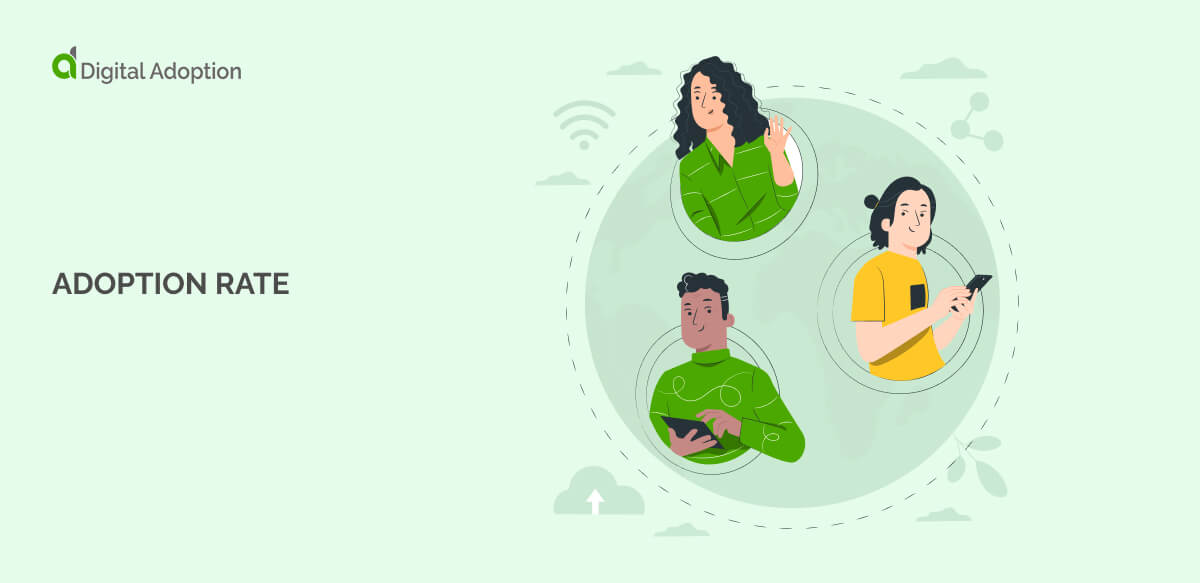What is an adoption rate?
Adoption rate is the percentage of people who start using and actively engage with a product, service, or technology. It shows how quickly users make it a part of their routine.
The measure goes beyond sign-ups or downloads. It looks at people who actually use the product, not just those who try it once. A high adoption rate means users find it useful, while a low rate may suggest problems like poor onboarding or lack of interest.
To calculate adoption rate, divide the number of active users by the total number of people who could use it, then multiply by 100.
Many factors affect adoption rate, such as how easy the product is to use, whether it solves a real problem, and how well users are guided through getting started.
Businesses track this number to see if their product is successful and make improvements if needed.

